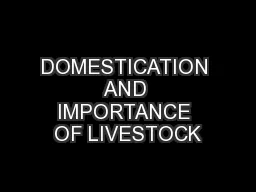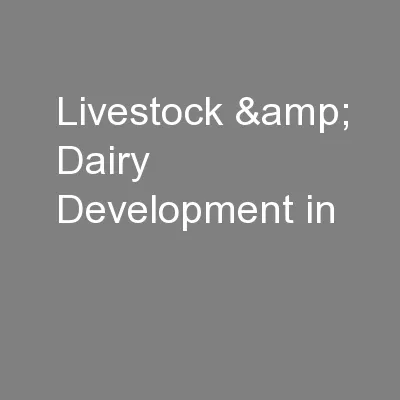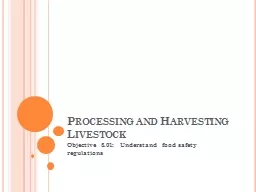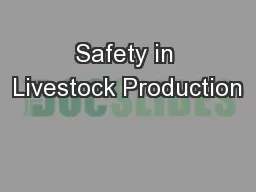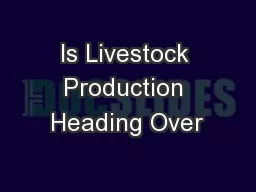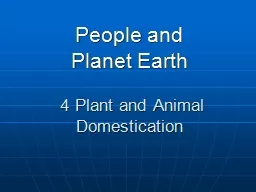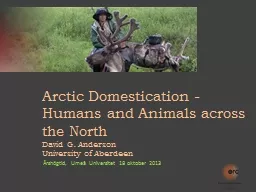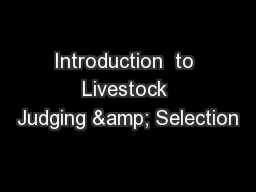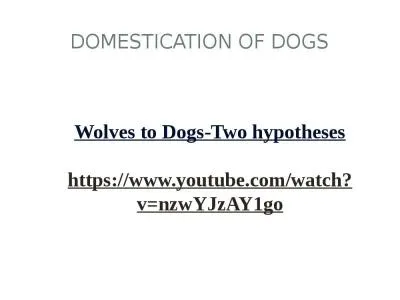PPT-DOMESTICATION AND IMPORTANCE OF LIVESTOCK
Author : conchita-marotz | Published Date : 2018-11-01
Downloaded from national ag ed site Author unknown Edited by Jaime Gosnell and Dr Frank Flanders Georgia Agricultural Education Curriculum Office to accompany lesson
Presentation Embed Code
Download Presentation
Download Presentation The PPT/PDF document "DOMESTICATION AND IMPORTANCE OF LIVESTOC..." is the property of its rightful owner. Permission is granted to download and print the materials on this website for personal, non-commercial use only, and to display it on your personal computer provided you do not modify the materials and that you retain all copyright notices contained in the materials. By downloading content from our website, you accept the terms of this agreement.
DOMESTICATION AND IMPORTANCE OF LIVESTOCK: Transcript
Download Rules Of Document
"DOMESTICATION AND IMPORTANCE OF LIVESTOCK"The content belongs to its owner. You may download and print it for personal use, without modification, and keep all copyright notices. By downloading, you agree to these terms.
Related Documents

